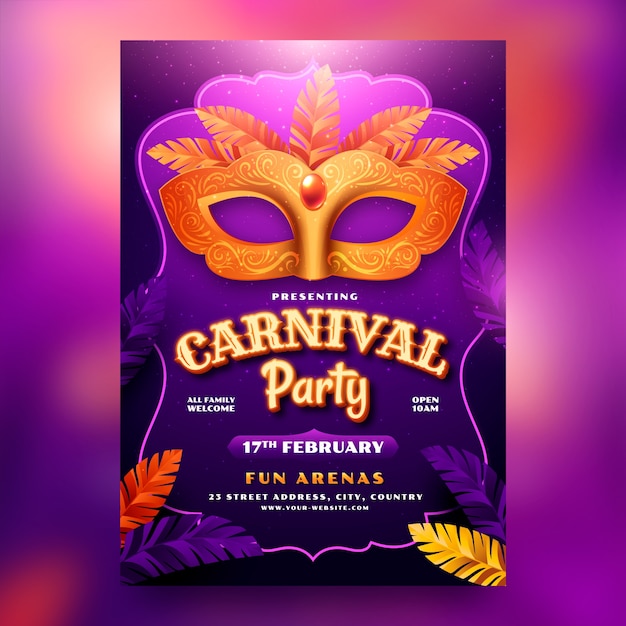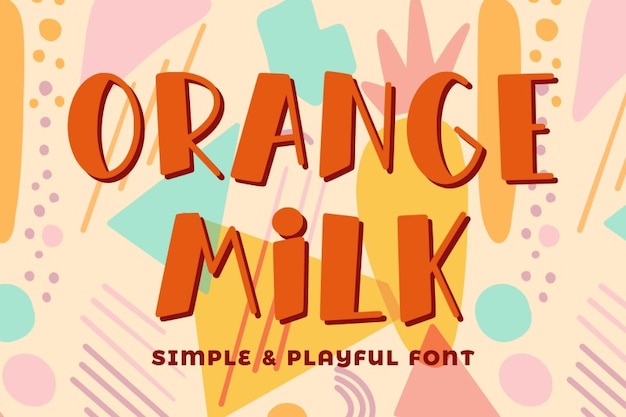As a symbol of wealth, elegance, extravagance, and even warmth, orange tones are highly sought-after, plus, gold is a very desired metal all over the world. Always associated with royalty, overabundance, power, and, of course, divinity. The color gold invades the streets during Carnival, a time of abundance and all-things-appearance, galvanizing them with a feeling of abundance, grandness, and triumph over everything, taking us to a realm of dreams and fantasy. More traditional and solemn colors such as black and cream, as well as blue and pink, pair beautifully with this gold hue. Include gold shades and tones in your designs to make them feel elite.
































